

Liquid Filter Bag
Advanced, Reliable, and Cost-Effective Filtration Solutions
Liquid filter bags are indispensable in modern filtration systems. They are designed to efficiently remove suspended solids, debris, and contaminants from liquids. Known for their durability, versatility, and efficiency, these filter bags are a trusted solution for industries that prioritize product purity and machinery protection.
Crafted to meet diverse operational needs, our liquid filter bags deliver exceptional performance with high contaminant-holding capacity and low pressure drops. Whether safeguarding equipment or ensuring clean, high-quality output, these filtration tools offer a dependable and cost-effective solution for a wide range of applications.
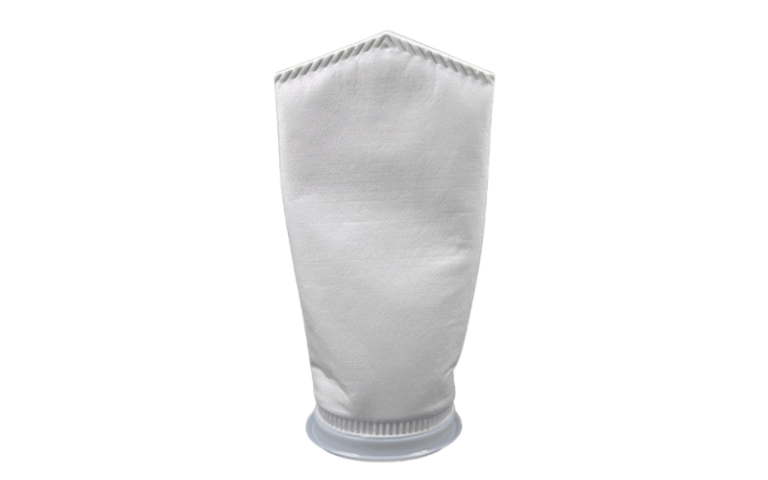
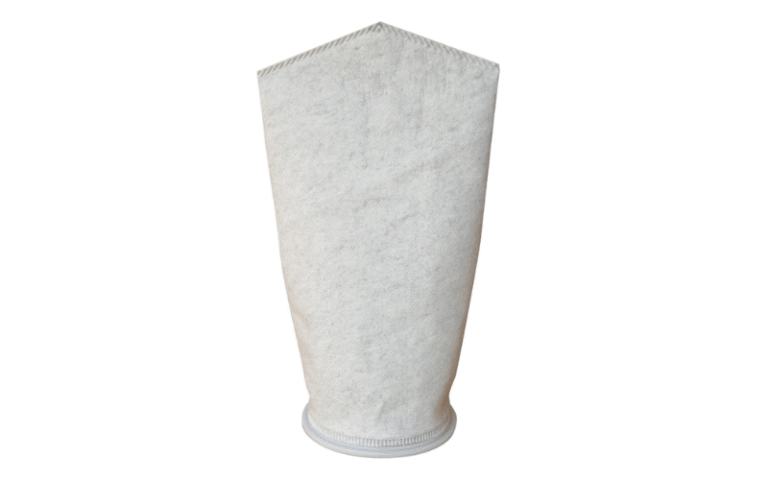
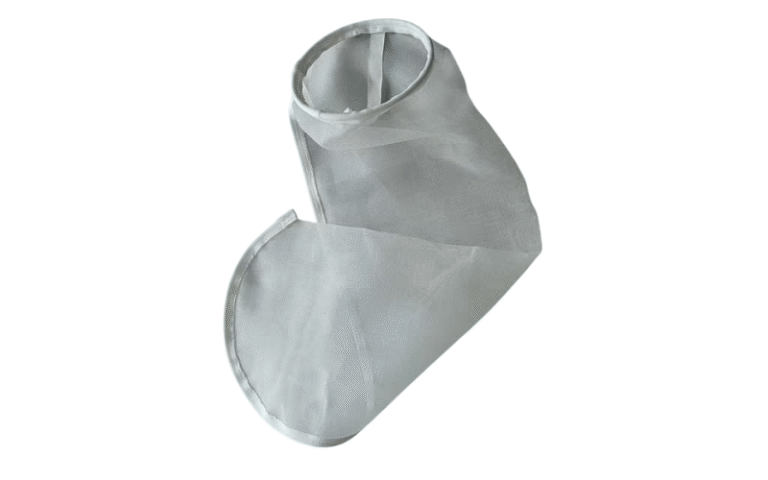
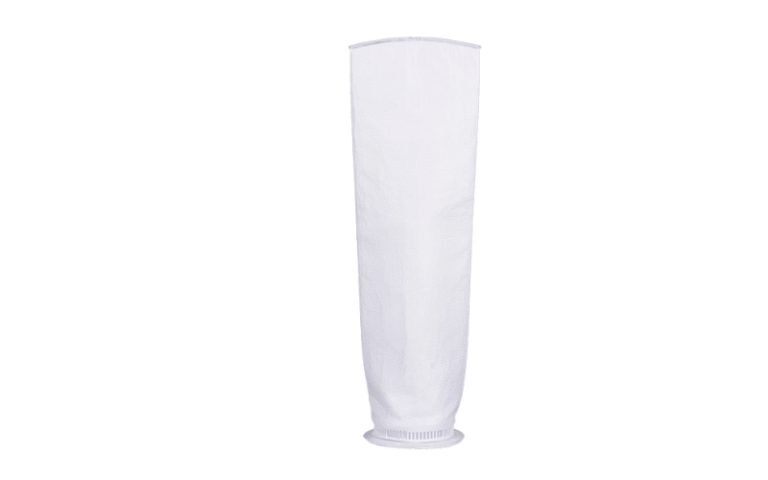
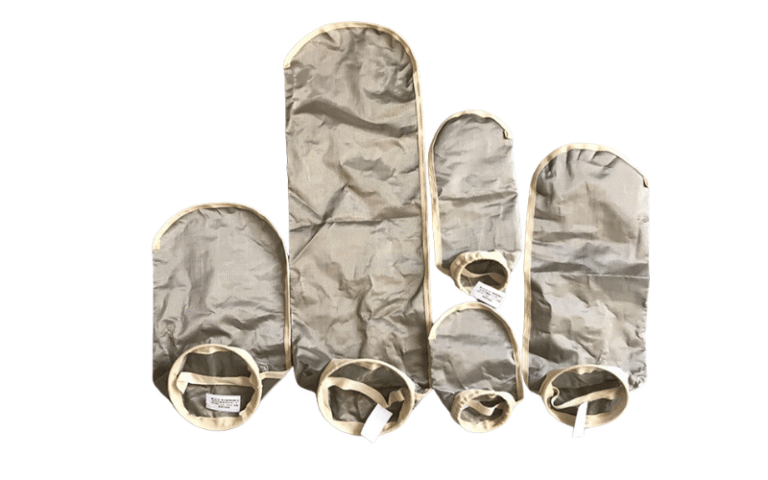
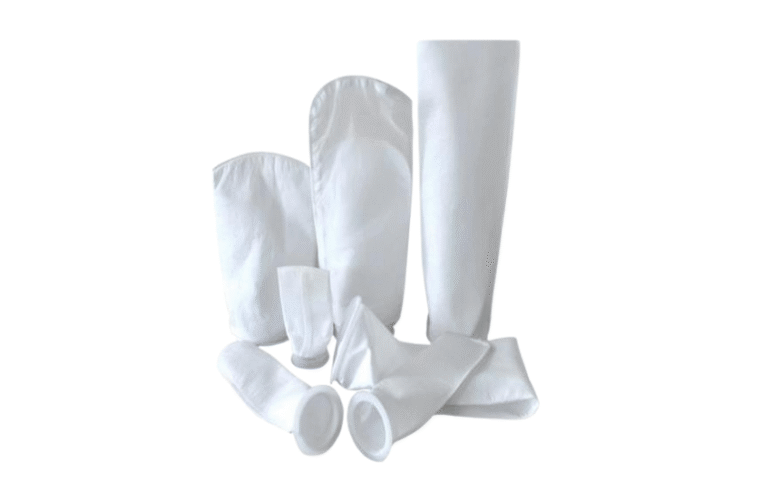
key parameters for the six types of liquid filter bags
| Filter Bag Type | Material | Micron Range | Temperature Resistance | Key Features |
|---|---|---|---|---|
| Polyester Filter Bags | Polyester | 1–200 microns | Up to 150°C | Durable, FDA-compliant, cost-effective, versatile for various industries. |
| PP Filter Bag | Polypropylene | 0.1–300 microns | Up to 110°C | High chemical resistance, FDA-compliant, lightweight, and efficient. |
| Nylon Filter Bag | Nylon Monofilament Mesh | 25–1200 microns | Up to 90°C | Reusable, precise filtration, high strength, and abrasion resistance. |
| Oil Filter Bags | Polypropylene/Polyester | As fine as 0.5 microns | 60–150°C | Absorbs oil up to 20x its weight, excellent hydrophobic and oleophilic properties. |
| Stainless Steel Filter Bag | Stainless Steel (304/316L) | Customizable (mesh-based) | Extreme heat/cold | Corrosion-resistant, reusable, durable, and eco-friendly. |
| PTFE Filter Bag | 100% Pure PTFE | As fine as 0.22 microns | Up to 250°C | Exceptional chemical resistance, non-stick surface, and high filtration precision. |
Applications of Liquid filter bags
Factors to Consider in Filter Bag Selection
Choosing the right liquid filter bag ensures your system operates efficiently. This process begins by understanding your specific filtration needs and matching them with the appropriate filter bag specifications. Here are the key factors to focus on:
- Filtration Application: Determine the type of liquid being filtered. Chemicals, food and beverages, or water treatment systems often require specific materials to perform effectively.
- Particle Size and Retention Requirements: Know the size of particles that need to be removed. Micron ratings indicate how effectively a bag captures particles of different sizes.
- Flow Rate Compatibility: The design and material of the filter bag must support the flow rate of your system to prevent inefficiencies or pressure drops.
- Material Compatibility: Your bag must withstand the liquid’s characteristics, including temperature, chemical makeup, and pH levels. Materials such as polypropylene or polyester can provide the necessary resistance.
- Operating Temperature and Pressure: Ensure the filter bag’s heat and pressure tolerances exceed your system’s peaks to maintain durability and reliable performance.
Every filtration system has unique requirements. With these factors in mind, we can help you select a filter bag that ensures optimal results.
Micron Ratings Explained: What You Need to Know
Micron ratings are crucial for understanding a filter bag’s particle-capturing abilities. These ratings, measured in microns (one-millionth of a meter), indicate the size of particles a bag can trap. Here’s what to keep in mind:
Types of Micron Ratings:
- Nominal Ratings: Capture a percentage of particles (e.g., 90%) at the stated size. They work well for general filtration where absolute precision isn’t essential.
- Absolute Ratings: Capture 98-99% or more of particles at the stated size, ideal for high-precision or critical applications.
Choosing Based on Application: Coarse filtration may need a higher micron rating (100-200 microns) for larger particles, while finer filtration may require ratings as low as 1 micron for sediments or residues.
Performance Trade-offs: Bags with smaller micron ratings capture more particles but reduce flow rates and may have a shorter lifespan. Balancing precision with system efficiency is key.
Our range of filter bags covers a wide spectrum of micron ratings, providing solutions for both general and specialized filtration requirements.
Comparing Polypropylene and Polyester Filter Bags
The material of your filter bag directly impacts performance and suitability for your application. Polypropylene and polyester are two of the most commonly used materials, each with unique benefits:
Polypropylene Filter Bags:
This material’s versatility makes it ideal for many applications:- Chemical Resistance: Excellent against acids, alkalis, and organic solvents, suitable for industrial and chemical processing.
- Temperature Range: Operates reliably up to 180°F (82°C), making it a good choice for moderate temperatures.
- Low Moisture Absorption: Maintains stability in moist environments.
Polypropylene is a robust choice for applications like oil removal and general-purpose industrial filtration.
Polyester Filter Bags:
Polyester delivers durability and excellent temperature tolerance:- High-Temperature Capability: Suitable for processes up to 275°F (135°C).
- Chemical Compatibility: Resists a wide range of chemicals, although less effective against strong acids and alkalis compared to polypropylene.
- Tensile Strength: Ideal for environments requiring high mechanical stress.
Polyester excels in industries like food and beverage, water filtration, and high-temperature applications.
Both materials offer excellent performance, but your choice should depend on your specific operating conditions. We’re here to guide you in selecting the best option based on your requirements.
By understanding these factors and exploring the technical details of liquid filter bags, you can confidently choose the ideal solution for your filtration system. If you need further assistance, reach out to us—we’re here to help guide you to the best decision.
How Do You Maintain Liquid Filter Bags for Optimal Performance?
Maintaining our liquid filter bags is essential for ensuring consistent filtration performance and system efficiency. Over time, wear and tear can affect the bag’s ability to function optimally. Here are the key signs that indicate it may be time for a replacement:
- Reduced Filtration Efficiency: If you notice an increase in unwanted particles in the filtered liquid, it often means the filter bag is no longer capturing contaminants effectively.
- Clogging and Frequent Blockages: A clogged bag can cause pressure drops or disrupt your system’s flow rate. Persistent blockages suggest the material has reached its capacity or is degraded.
- Visible Wear and Damage: Inspect the bag for tears, thinning material, or deformation, as these can compromise its ability to function correctly.
- Unusual System Operations: When your system experiences pressure imbalances, leaks, or inconsistent flow rates, the filter bag may no longer be operating at its peak.
We recommend regular inspections to identify these signs early and replace filter bags promptly, thereby avoiding system inefficiencies and potential downtime.
Best Practices for Cleaning and Maintaining Filter Bags
Proper cleaning and maintenance of your filter bags are vital for extending their lifespan and ensuring consistent filtration performance. Follow these best practices to maintain your filter bags effectively:
- Rinse Gently: After use, remove the filter bag and rinse it with clean water to clear away surface particles. Avoid high-pressure water as it can damage the bag material.
- Use a Compatible Cleaning Solution: For stubborn contaminants, immerse the bag in a cleaning solution designed explicitly for its material. Ensure the solution is non-abrasive and chemically compatible with the bag’s composition (e.g., polypropylene or polyester).
- Avoid Over-Aggressive Cleaning: Harsh scrubbing or abrasive brushes can weaken the bag material over time. Soft brushes or gentle agitation are more appropriate.
- Dry Properly: Allow the bag to air dry in a clean environment to prevent contamination. Avoid high heat or direct sunlight, especially for polypropylene bags, as they are sensitive to extreme temperatures.
- Inspect After Cleaning: Thoroughly examine the bag for cracks, thinning, or other damage that may have developed during cleaning or use.
By implementing these practices, we help preserve the integrity of our filter bags and maintain their filtration effectiveness.
Tips for Extending the Life of Your Liquid Filter Bags
Prolonging the lifespan of your liquid filter bags not only reduces replacement costs but also improves the overall efficiency of your system. Here are some practical tips for maximizing durability:
- Match Bags to Application Requirements: Use the correct bag material, micron rating, and size for your specific filtration needs. Overloading or mismatched specifications can lead to premature wear.
- Monitor System Parameters: Ensure your system operates within the recommended pressure and temperature limits of the filter bag. Exceeding these parameters can weaken the material or cause failure.
- Utilize Pre-Filtration: For heavy sediment or large particles, consider adding a pre-filtration step to your system. This reduces the burden on the primary filter bag, extending its lifespan.
- Establish a Maintenance Schedule: Create and adhere to a routine for cleaning, inspecting, and replacing filter bags as needed. Preventive maintenance avoids costly downtime and protects your system.
- Rotate Filter Bags: For high-demand systems, alternating between multiple bags can prevent overuse of a single one and evenly distribute wear.
Proper care and strategic practices go a long way in maintaining our liquid filter bags at peak performance. If you need assistance selecting or maintaining your filter bags, our team is available to provide expert guidance. We are committed to helping you achieve reliable and cost-effective filtration solutions.
Liquid Filter Bag FAQs
Q: What are liquid filter bags, and how do they function in a filtration system?
A: Liquid filter bags are devices designed to remove contaminants from liquids. They work by allowing liquid to pass through the filter media, which traps particles based on their size and the bag's micron rating, ensuring clean liquid is discharged.
Q: What materials are commonly used in the construction of filter bags?
A: Filter bags are typically made from materials such as polyester felt, polypropylene, nylon, and microfiber. Each material offers unique properties, such as chemical resistance, high efficiency, or temperature tolerance, to suit different filtration needs.
Q: What is micron rating, and why is it important for liquid filter bags?
A: Micron rating indicates the size of particles a filter bag can capture. It is critical because it determines the bag's ability to remove specific contaminants. For example, a lower micron rating captures smaller particles, making it essential for applications requiring high purity.
Q: What are the differences between standard felt liquid filter bags and microfiber liquid filter bags?
A: Standard felt filter bags are made from thick felt material, ideal for general filtration. Microfiber filter bags, on the other hand, feature finer fibers for higher efficiency and superior contaminant capture, making them suitable for applications with stricter filtration requirements.
Q: Can liquid filter bags be used in high-temperature applications?
A: Yes, certain filter bags, such as those made from high-temperature-resistant materials like specialized polyester or nylon, are suitable for high-temperature applications. It’s important to select a bag that meets the specific temperature and chemical compatibility needs of your process.
Q: What are oil-absorbing filter bags, and how do they differ from standard filter bags?
A: Oil-absorbing filter bags are designed to capture and retain oil-based contaminants. Unlike standard filter bags, which may not effectively remove oils, these specialized bags use materials that selectively absorb oil while allowing other liquids to pass through.
Q: How do you determine the appropriate size and micron rating for a liquid filter bag?
A: The size and micron rating depend on your application’s requirements, including the type of liquid, contaminants, and desired purity level. Consulting a filtration expert or reviewing your system’s specifications can help you make the right choice.
Q: What is the purpose of pleating in filter bags?
A: Pleating increases the filter bag’s surface area, enhancing dirt-holding capacity and improving flow rates. This design is especially beneficial for applications requiring efficient processing of large liquid volumes.
Q: What are the benefits of using extended-life filter bags in industrial filtration?
A: Extended-life filter bags last longer than standard ones, reducing replacement frequency and maintenance needs. This lowers operational costs and improves efficiency, making them ideal for high-demand industrial applications.

